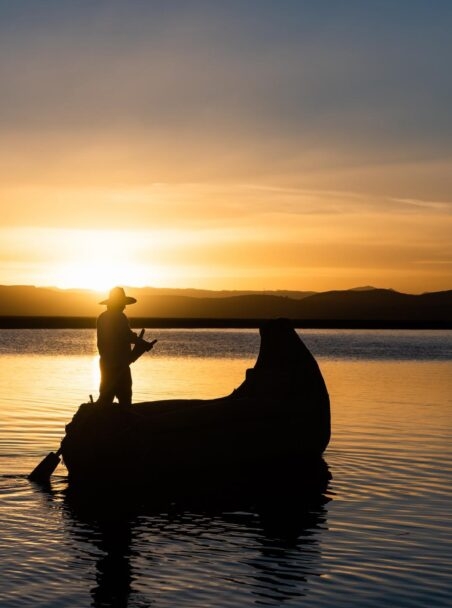Published on: November 16th, 2024
Last updated: February 21st, 2025
Latin America is a land of contrasts, it has everything from incredible wildlife to long lost ancient cities. When putting together a bucket list, it’s hard to know which landmarks are must-visits.
There’s nature experiences such as wildlife spotting on the Galápagos Islands and discovering ancient ruins at Peru’s Machu Picchu. There’s terrific natural landscapes on the Bolivian Salts and in Patagonia, along with mystical Cloud Forests in Ecuador, and the chance to learn about incredible history on Easter Island.
Get inspired with our guide on what to include on your bucket list trip to South America, compiled by our team of experts.
1. Bolivia’s Uyuni Salt Flats
Formed from the drying up of vast prehistoric lakes, the shimmering Salar de Uyuni are a breathtaking sight. Spanning over 10,000 square kilometres (4,000 square miles), these salt flats stretch for as far as the eye can see. In rainy season, from November to March, the flats transform into a reality-defying reflective mirror. When the dry season arrives – from April to October – the glistening salt blends into the horizon, creating an equally magical experience.

For a once in a lifetime experience that you’re unlikely to forget, travel through the Salt Flats in style in an Airstream Deluxe Camper. These private campers are pulled by jeeps, which are manned by a personal driver and guide, and accompanied by a camper van that acts a private restaurant and bar. You’ll cruise over the largest salt flats in the world – seeing Andean flamingos in their natural habitat of the vivid Green and Red Lagoons and the Dali desert. You can also explore the natural wonders on foot or by bicycle. Seeing the Uyuni salt flats in this unique way is a magical experience, as you don’t have to venture far to witness spectacular sunrises, sunsets and nights under the stars.
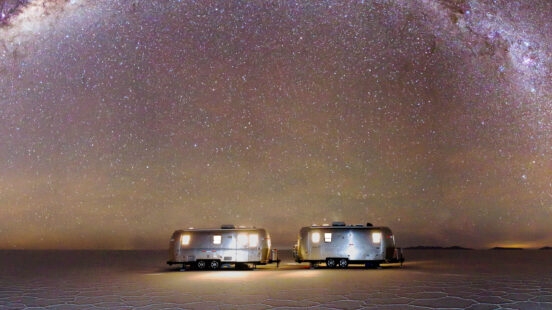
2. Wildlife spot on the Galapagos
There is nowhere on Earth quite like the Galapagos Islands – giant tortoises are surrounded by mist and fog, sharks swim in deep blue waters and sea lions play along white sandy beaches. The lack of predators in the Galapagos means that its iconic wildlife is far from shy when it comes to human visitors. There is plenty to see and do on the islands, from birdwatching on Española Island to volcano trekking on Isabela.
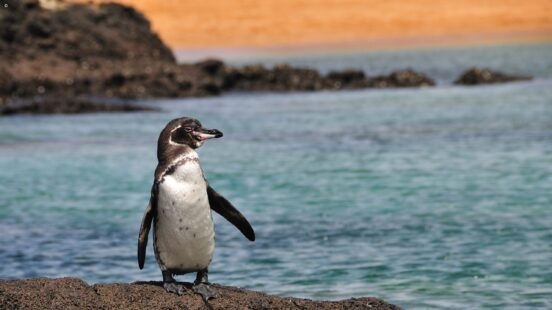
Wildlife takes centre stage on these islands, and one of the primary draws to the Galapagos are the islands’ iconic giant tortoises. On Santa Cruz, these impressive animals can be spotted in the wild, as well as at the Charles Darwin Research Station. For unrivalled diving, head to the Devil’s Crown off the coast of Floreana. The ring of jagged rocks here attracts hordes of small fish which lure in larger predators, so snorkelers can spot anything from Hammerhead Sharks to sea lions swimming amongst spectacular coral.
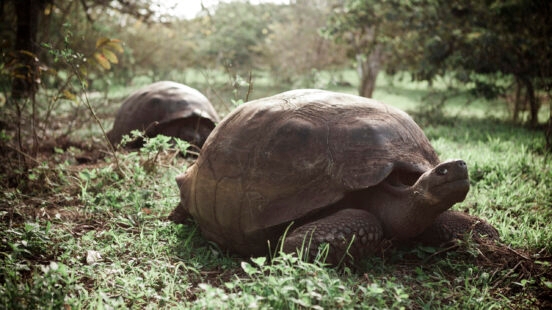
Española is the island to visit for bird-watching enthusiasts. One of the oldest islands in the Galapagos, Española is home to the Española Mockingbird and the only Marine Iguana population that remains red and green throughout the year. The Galapagos Waved Albatross also uses this island as its only nesting site, mating between April and December. Perhaps the most impressive sight on Española, though, is the large colony of blue-footed boobies.
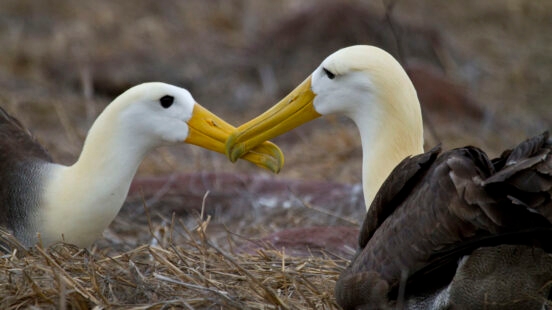
3. Mystical Cloud Forests
Enchanting Cloud Forests can be found in two of Latin America’s most popular destinations – Ecuador and Costa Rica. In Ecuador, cloud forests blanket tumbling hills and house thousands of endemic species. Ecuador’s cloud forests are more undiscovered than Costa Rica’s, so exploring them feels wonderfully exclusive. There is no shortage of things to do in this mystical environment – walk along nature trails, take part in a canopy tour, go horse riding or unwind by practicing yoga. Eco-conscious travellers will enjoy staying at Mashpi Lodge, a chic yet comfortable design led eco-lodge set in the 1,300 hectare (2,300 acre) Mashpi Rainforest Biodiversity Reserve.

In Costa Rica, the central highlands are filled with exquisite biodiverse cloud forests. This elevated land has one hundred percent humidity levels, and so is always shrouded in cloudy mist. This pristine island has six different central cloud forest zones; Monteverde, Bajos del Toro and San Ramon are the standouts. All of these forests are home to colourful birds, butterflies, ocelots and a fascinating array of lichen, moss and orchids.

A privately guided waterfall hike to the cascading El Silencio, El Misterio and La Promesa is a great way to explore the surrounding nature. For an insight into the local community, tour Los Bajos de Toro Amarillo – strong cultural traditions, sublime scenery and exquisite wildlife exist in harmony here. On this tour, travellers are able to visit the private gardens of a local orchid enthusiast, as well as the local school, church, soccer field and a rural grocery store selling delicious pastries.
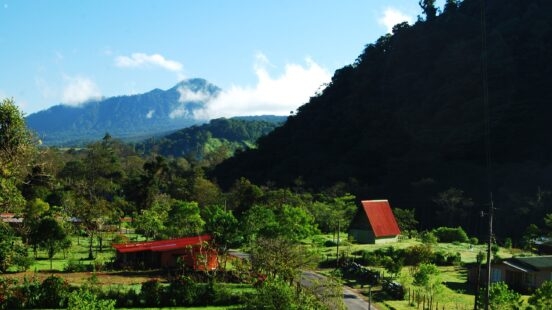
4. Discover the Inca city of Machu Picchu
As one of the Seven Wonders of the World, it’s no surprise that Machu Picchu is one of Peru’s main tourist draws. This lost Incan city sits on a mountain ridge north west of Cusco, 2,400 metres above sea level. Many tales are told around the world about this ancient Incan wonder, but Machu Picchu is a sight that really needs to be seen in order to be believed. Our expert local guides help to bring the ancient city to life, detailing the history, significance and myths surrounding it.
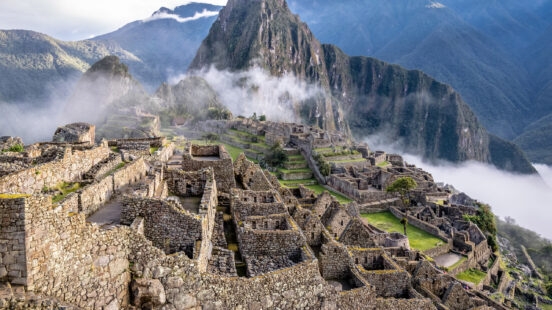
Until recently, the only way to see this world wonder was on an arduous trek. However, the introduction of train travel in this area has made the Incan city much more accessible. The Hiram Bingham train is the more luxurious of the two train options, reducing the journey along the Urubamba valley from a trek lasting a day or longer to just a few hours. On this locomotive, 1920s Pullman carriages are fitted with polished brass, wood panels and plush seating. There is also an observation car, where passengers can watch the stunning countryside pass them by. Indulging in brunch in the train’s dining car as the Andean landscape tumbles past is a particularly enjoyable way to make your way to Machu Picchu.

For those with a little more time or active-types, the Inca trail is the original way to make it to Machu Picchu. During the four-day walk, Jacada travellers are accompanied by expert guides who will bring the landscape to life with their stories, detailing the legends behind the famous trail, as well as the ancient beliefs of the indigenous Quechuan community. On the trek, walkers will pass archaeological sites, dramatic mountain vistas and dense cloud forests, before arriving at Machu Picchu to watch an ethereal sunrise.

More daring travellers and those looking to get off the beaten track might find the four-day Salkantay Trail a better fit. Although far less crowded than the Inca trail, part of the trek follows a remote footpath through lush tropical jungle, and another part includes hiking on glaciers near the snow-capped Mount Salkantay.
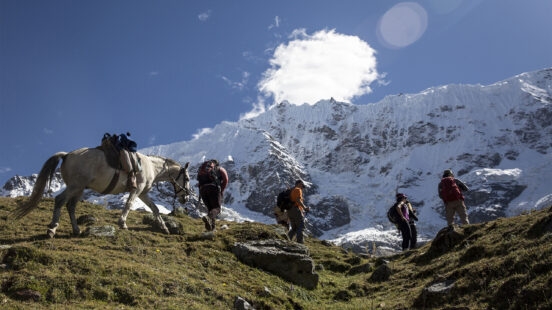
5. Explore Patagonia
Patagonia spans both Argentina and Chile, with each side offering dramatic landscapes, breathtaking mountain peaks and glacial blue lagoons. Both regions are ideal for hiking and both offer something slightly different. In Chile, UNESCO World Heritage Site Torres del Paine boasts a myriad of colourful grasslands backdropped by three imposing peaks. The diverse environment here is definitely worth exploring – deep turquoise lagoons, snow-capped mountains and verdant forest all add to this region’s charm.
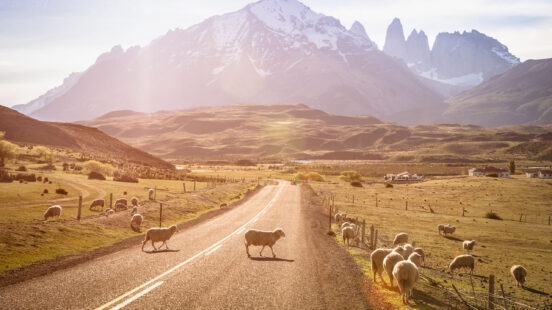
Torres del Paine is also home to much endemic wildlife, so hikers can spot guanaco and puma during walks through the Andes. For travellers looking to get off the beaten track in Patagonia, Chile’s Aisen Region is the area to visit. Simpler accommodation and longer drives mean that Aisen is less explored than Torres del Paine, but the area’s fjords and lakes are still teeming with wildlife.

Argentinian Patagonia is equally as stunning and a great option for glacier enthusiasts. Here, standout regions El Calafate and El Chalten are world renowned for glacier hiking. Nestled between the FitzRoy and Cerro Terro mountains, El Chalten is a delightfully unassuming village with one of the most dramatic horizons on Earth. The glaciers here are perfect for ice climbing, so novices and climbing enthusiasts alike can try their hand at this heart-racing sport. Beyond ice climbing, Argentinian Patagonia offers frontier cities such as Ushuaia, the incredible coastline of Bahia Bustamante and the traditional opportunity to stay on a ranch with gauchos in Las Pampas.

6. Travel back in time on Easter Island
Located off the coast of Chile, Easter Island is one of the most remote locations on Earth. The mysterious giant Moai statues peppered across this island are its main tourist draw. It is easy to spend time here in awe of the ethereal landscape – brilliant blue Pacific waters, white sandy beaches and volcanic craters line the island’s shores. As well as tracking down the spellbinding giant statues, visitors to Easter Island can enjoy snorkelling, scuba diving, surfing, trekking or mountain biking.

Stay at the Hangaroa Eco Village and Spa to feel as though you’ve truly travelled back in time. This holistic resort has been designed to reflect Easter Island’s fascinating culture. Built using traditional materials – such as volcanic rock, cypress wood and natural clay – this eco-resort blends seamlessly into its surroundings. Excursions from this luxurious lodge include exploring the ancient ruins at Rano Kau volcano and uncovering the mysteries of the past at the Hanga Roa Anthropological Museum. Discovering Easter Island’s Moai statues and the mysteries surrounding them is one of the most incredible bucket list things to do in South America.
_0-552x310-f50_50.jpg&w=3840&q=100)
7. Iguassu Falls
Sitting on the border of Argentina and Brazil, the Iguassu Falls are one of the most spectacular sites across Latin America. The scale of the Falls is enormous, with 275 waterfalls cascading over almost three kilometres of the Parana River. There are many different ways to explore these stunning falls – wander across walkways through the cascading waters, take a boat trip up to the falls themselves or gain a new perspective with a helicopter ride over the site.

One of the most spectacular parts of the Falls is the Devil’s Throat, which sees the largest flow of water. To get to this hidden gem, travellers must board a train at either the Main Station or the Cataratas Station. Once at Devil’s Throat station, visitors catwalk across several islands to arrive at a rewarding lookout point. To get up close to the Iguassu Falls, travellers can head up river in a specially prepared boat. Whirlpools, waves and currents make this journey an enjoyable yet somewhat trepidatious one. Whichever angle you choose to see the falls from, getting up close to them is an unforgettable experience.

Your Latin America adventure awaits
Latin America offers endless opportunities for adventure. Visit the mystic ruins of ancient civilisations, embrace the pulse of dynamic, modern cities and soak up the beauty of magnificent natural landscapes.















